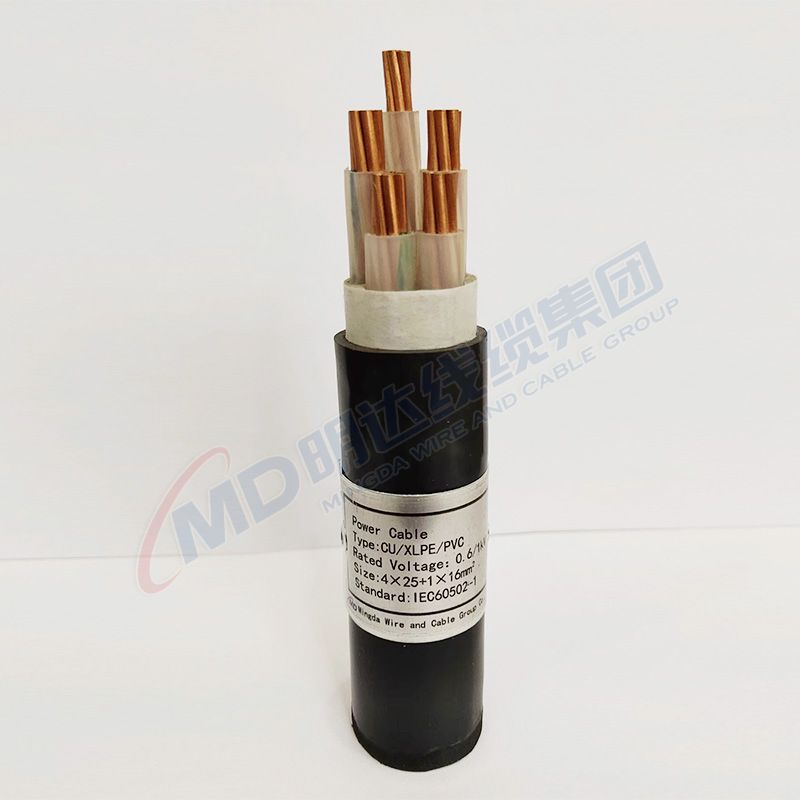10 月 . 04, 2024 11:51 Back to list
Counterweighted Check Valve Design for Improved Flow Control and Efficiency
Check Valves with Counterweights A Comprehensive Overview
Check valves are essential components in various engineering applications, primarily designed to prevent backflow in piping systems. Among the different types of check valves, those equipped with counterweights stand out due to their unique operational characteristics and advantages. This article explores the function, design, and benefits of check valves with counterweights, shedding light on their importance in fluid handling systems.
Understanding Check Valves
A check valve, also known as a non-return valve, is a mechanical device that allows fluid (liquid or gas) to flow in one direction while preventing reverse flow. This capability is crucial in systems where backflow can cause contamination, damage, or system failure. Standard check valves rely on a spring mechanism or gravity to close when the flow direction reverses. However, integrating a counterweight into the design enhances the valve’s performance and reliability.
The Role of Counterweights
Counterweights are added to check valves to improve their closing mechanism and ensure a quicker response to flow changes. In traditional check valves, the closure is often dependent on the fluid’s velocity and pressure. When fluid velocity decreases significantly, there may be a risk of backflow before the valve fully closes. A counterweight addresses this by providing additional force, ensuring that the valve closes promptly when backflow occurs.
The counterweight functions mechanically, often using gravitational force to enhance the valve’s closing speed. This is particularly beneficial in applications with fluctuating pressure levels or where abrupt changes in flow direction are common. With a counterweighted design, the valve can effectively eliminate the risk of reverse flow and maintain system integrity.
Design and Applications
Check valves with counterweights can vary in design, including swing check valves and lift check valves. The choice of design depends on the specific application and the characteristics of the fluid being handled. For instance, swing check valves are commonly used in water and wastewater systems, while lift check valves may be preferable for oil and gas applications.
These check valves find utility across various industries, including
1. Water Treatment In municipal water systems, counterweighted check valves are critical in preventing backflow that could contaminate clean water supplies.
check valve with counterweight

2. Oil and Gas In the extraction and transportation of hydrocarbons, these valves help to maintain pressure and prevent the backflow of crude oil, which could lead to operational hazards.
Advantages of Counterweighted Check Valves
The incorporation of counterweights in check valves offers several advantages
- Improved Performance The counterweight enhances the speed and effectiveness of valve closure, significantly reducing the risk of backflow.
- Reliability By ensuring swift closure during pressure fluctuations, these valves contribute to the reliability of the entire system, preventing potential failures.
- Reduced Maintenance Check valves with counterweights generally require less maintenance than their spring-actuated counterparts, thanks to their robust design and operational efficiency.
- Versatility With their adaptable designs, counterweighted check valves can be used in various applications, handling different types of fluids and pressure ranges effectively.
Conclusion
Check valves with counterweights represent a significant advancement in fluid control technology. Their ability to prevent backflow effectively while enhancing system reliability makes them indispensable in numerous industrial applications. As industries continue to evolve and demand more efficient and reliable systems, the importance of incorporating advanced check valve designs, such as counterweighted variants, is likely to increase, ensuring safety and efficiency in fluid management.
Share
-
Understanding the Differences Between Wafer Type Butterfly Valve and Lugged Butterfly ValveNewsOct.25,2024
-
The Efficiency of Wafer Type Butterfly Valve and Lugged Butterfly ValveNewsOct.25,2024
-
The Ultimate Guide to Industrial Swing Check Valve: Performance, Installation, and MaintenanceNewsOct.25,2024
-
Superior Performance with Industrial Swing Check Valve: The Essential Valve for Any SystemNewsOct.25,2024
-
Industrial Swing Check Valve: The Ideal Solution for Flow ControlNewsOct.25,2024
-
You Need to Know About Industrial Swing Check Valve: Functionality, Scope, and PerformanceNewsOct.25,2024